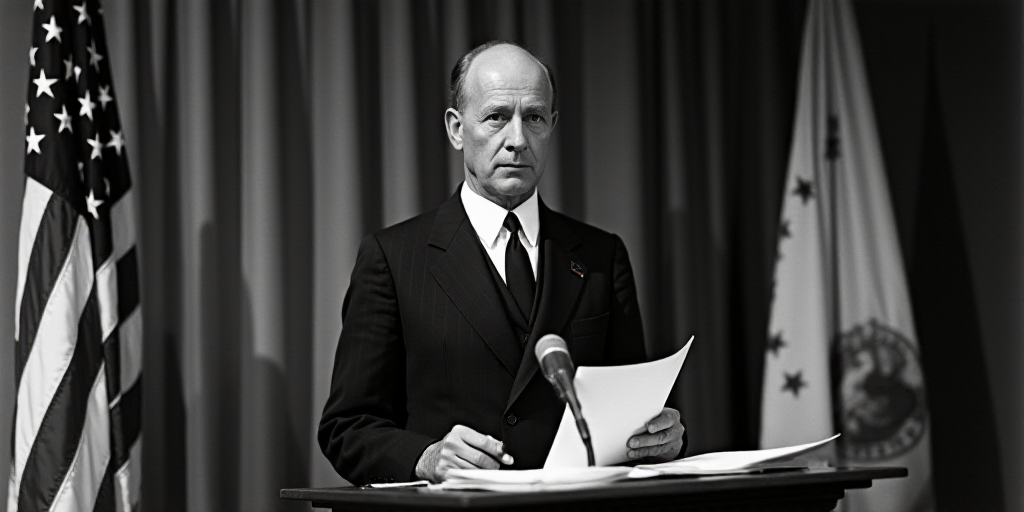Background on Jerome Powell and the Federal Reserve
Jerome Powell, the current Chair of the Federal Reserve (the Fed), has been a significant figure in U.S. monetary policy since taking office in February 2018. Appointed by President Donald Trump, Powell succeeded Janet Yellen and has since navigated a complex economic landscape marked by steady growth, low unemployment, and ongoing trade tensions. The Fed’s role is to maintain stable prices and moderate long-term interest rates, with a particular focus on employment levels.
Tariff Concerns and Inflation
During a congressional hearing, Powell addressed concerns about the potential impact of rising tariffs on inflation. He stated that the recent surge in tariffs might start elevating inflation this northern hemisphere summer, a critical period for the Fed to consider possible rate cuts. However, Powell emphasized that he and many within the Fed anticipate inflation to rise soon, without rushing to alleviate borrowing costs just yet.
No Immediate Rate Cuts
When questioned by Republican lawmakers about why the Fed hasn’t cut rates as President Trump has demanded, Powell clarified that he and his colleagues are not in a hurry to ease borrowing costs. He specifically mentioned that he would not open the door to a rate cut at the July Fed meeting or any other upcoming meetings.
“I don’t want to signal a particular meeting,” Powell said. “I don’t think we should have any urgency given that the labor market remains strong and there’s still uncertainty about the tariff debate yet to be resolved.”
Anticipated Inflation Impact
Powell indicated that the anticipated price increases due to tariffs should become apparent during the northern hemisphere summer, specifically in June and July inflation figures. He added that if these increases don’t materialize as expected, the Fed remains open to the possibility of a smaller-than-anticipated impact on consumers.
Fed’s Policy and Trade Negotiations
The Fed’s monetary policy is not intended to endorse or criticize the Trump administration’s trade approach, according to Powell. Instead, it aims to address the anticipated inflationary impact that both the Fed and broader forecasts expect to gain momentum throughout the year.
“We’re not commenting on tariffs,” Powell stated. “Our job is to keep inflation in check, and when policies have significant short-term and medium-term implications, inflation becomes our focus.”
Divergent Views Among Fed Officials
Two recently appointed Trump-nominated Fed governors have suggested the possibility of a rate cut at the July meeting, given that inflation has yet to rise in response to tariffs. Meanwhile, two others have expressed concern that inflation might intensify.
Key Questions and Answers
- Q: Why is the Fed concerned about tariffs if inflation has been modest so far?
A: The Fed’s policy is not meant to support or critique the Trump administration’s trade approach. Instead, it aims to manage anticipated inflation that experts expect to pick up pace throughout the year.
- Q: Will the Fed cut rates soon despite modest inflation?
A: Powell has emphasized that he and his colleagues are not in a rush to ease borrowing costs, as they anticipate inflation to rise soon.
- Q: How will tariffs impact inflation?
A: Powell expects to see signs of rising inflation due to tariffs during the northern hemisphere summer, specifically in June and July inflation figures.
- Q: Are Fed officials divided on potential rate cuts?
A: Yes, two Trump-nominated Fed governors have suggested the possibility of a rate cut at the July meeting, while others express concern about intensifying inflation.






